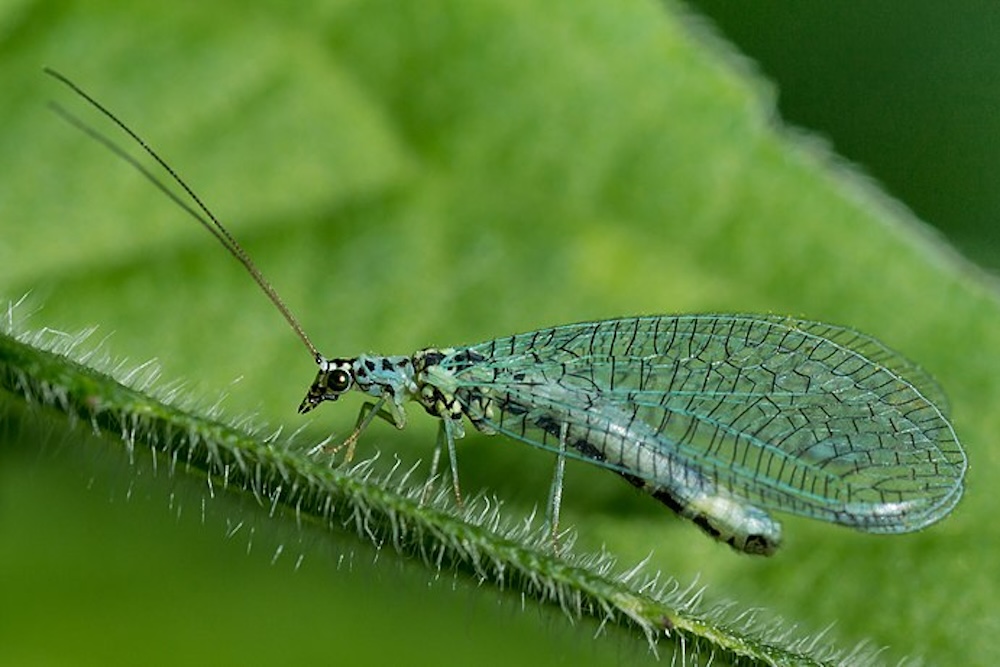Did you know that some of the plants we always thought were native to Australia are actually from Southern Africa?
How to Bring Lacewings to Your Garden
Lacewings are an integral part of our ecosystem, playing a crucial role in natural pest control. This article aims to guide you on how to encourage these beneficial insects in your garden or landscape.

Understanding Lacewings
What Are Lacewings?
Lacewings, belonging to the order Neuroptera, are delicate insects characterised by their transparent, veiny wings and bright, metallic eyes. They’re well-known for their ability to control pests, preying on aphids, mites, and other small insects in their larval stage.
As adults, they primarily consume nectar, pollen, and honeydew, which is the secretion made by sucking insects. Their life cycle includes four stages – egg, larva, pupa, and adult. Lacewings have specific habitat preferences, favouring gardens with a variety of flowering plants and safe places for egg-laying and overwintering.
The Importance of Lacewings in the Ecosystem
Lacewings contribute significantly to biodiversity and plant health within the natural ecosystem. By controlling herbivorous insect populations, they prevent damage to plants and promote healthier growth. Their presence is often an indicator of a balanced and thriving ecosystem.
Benefits of Lacewings in Gardening
Natural Pest Control
Lacewings are biological control agents, helping manage pests in the garden. Their larvae are particularly voracious, consuming large numbers of aphids, mites, and other small insects. Brown lacewing adults may be seen feeding on pests, but green lacewings usually stick to nectar and honeydew.

Pollination
While lacewing larvae primarily feed on pests their adult life forms visit flowers for food, inadvertently contributing to pollination.
How to Encourage Lacewings
Planting the Right Flora
Adult lacewings can feed from a variety of flowers. These include callistemons, lilly pillies, yellow buttons, chrysanthemum and alyssum. Plant these in clusters to create a more appealing habitat.
Providing Suitable Habitats
Shelter is vital for lacewings. They lay their eggs on leaves or plant stems, suspending them on hair-like stalks to protect them from predators. Provide plenty of foliage and diverse plant structures for this purpose.
Overwintering sites are also important. Adult lacewings hibernate during winter and need secure, dry, and sheltered places. This could be under tree bark, inside dead logs, leaf litter, or even inside buildings. While lacewings get most of their moisture from food, providing a shallow dish with water can be beneficial, especially in dry periods.
Avoiding Harmful Pesticides
Certain pesticides can harm lacewings. Opt for eco-friendly alternatives like horticultural oil, which you can make at home using vegetable oil, dish soap and water.
Daniel’s Wrap
By providing the right conditions, we can encourage these beneficial insects to thrive, promoting healthier and more vibrant gardens with fewer pests. So why wait? Start implementing these tips today and let nature do its work!




This Post Has 0 Comments